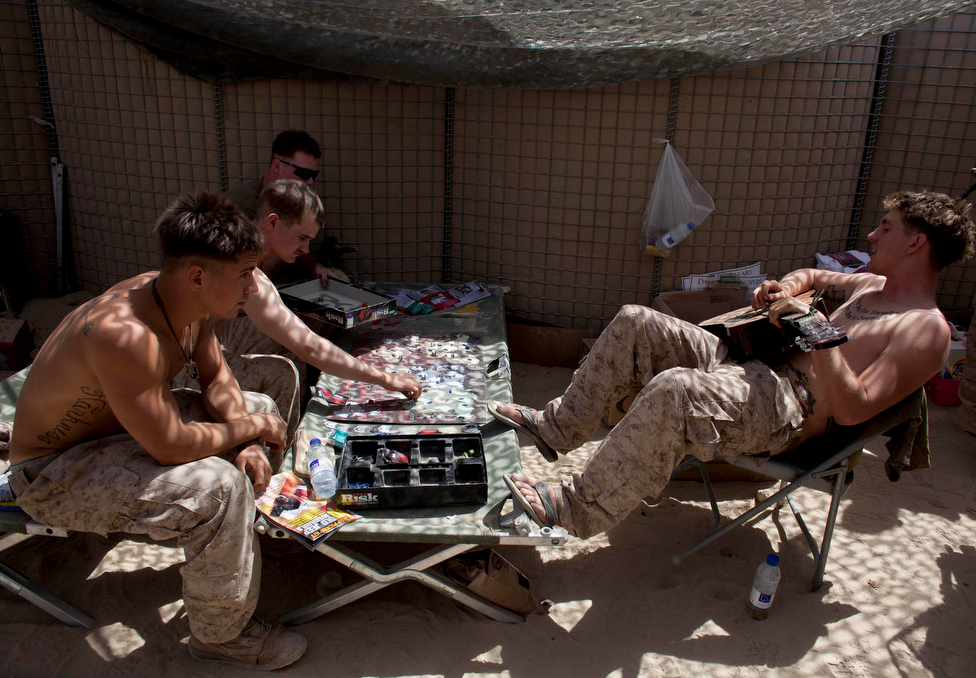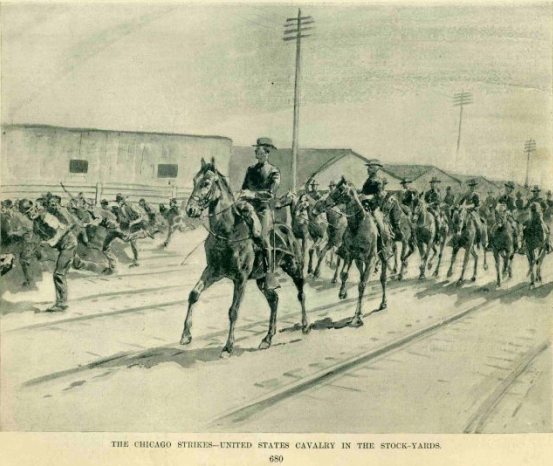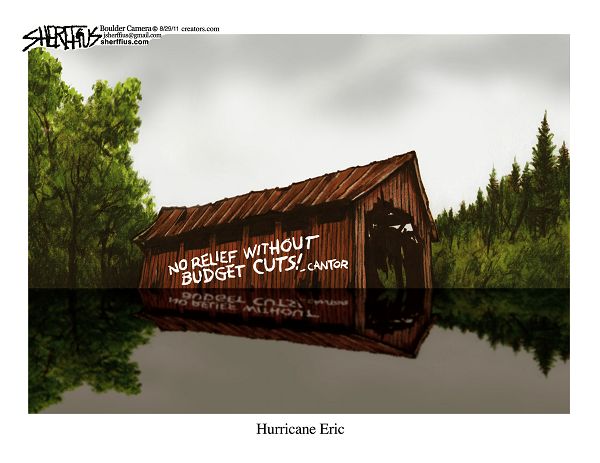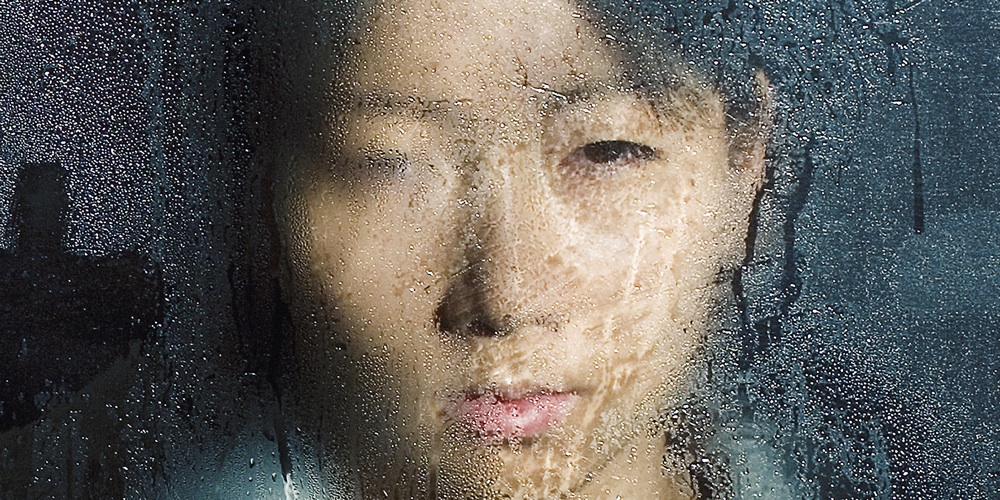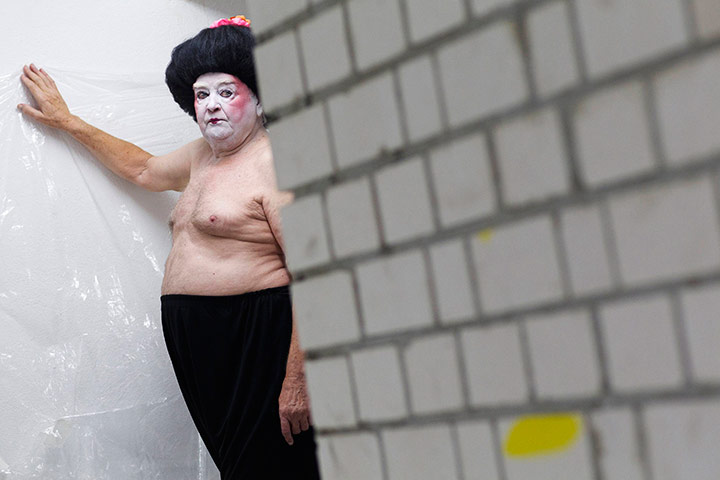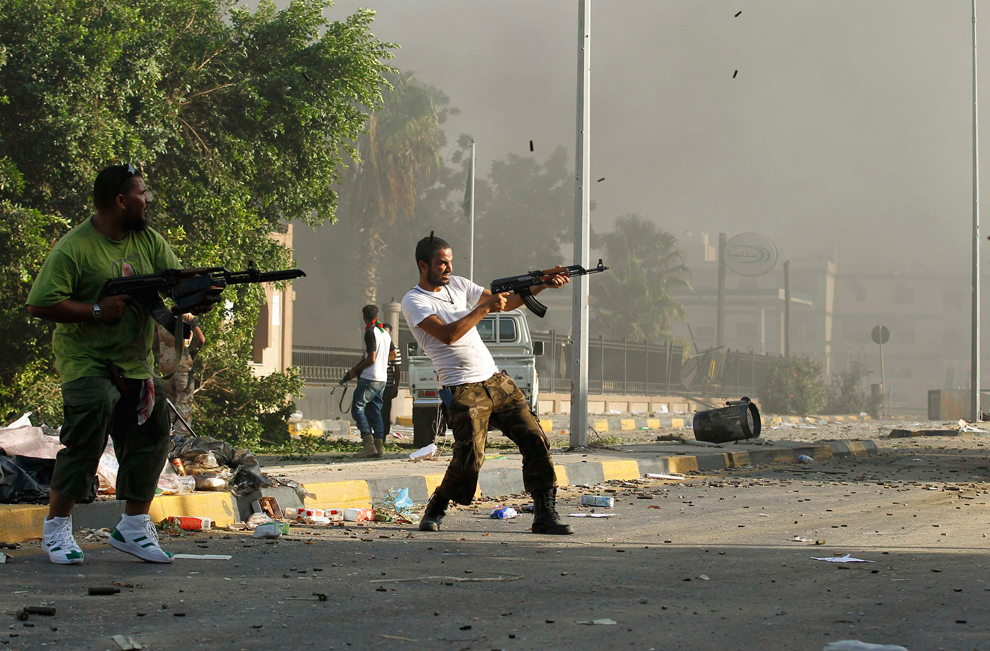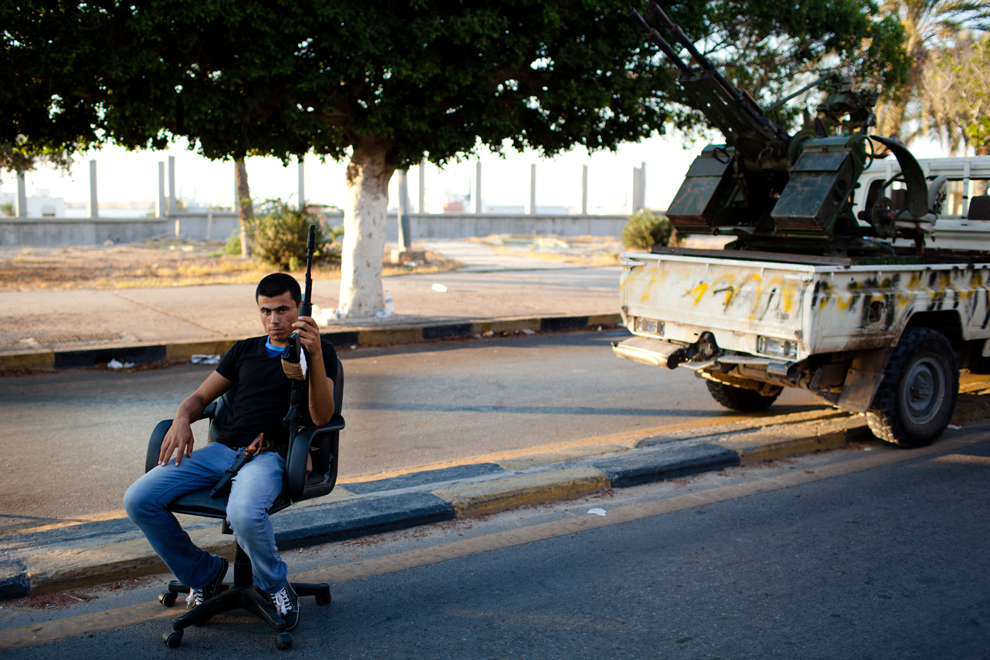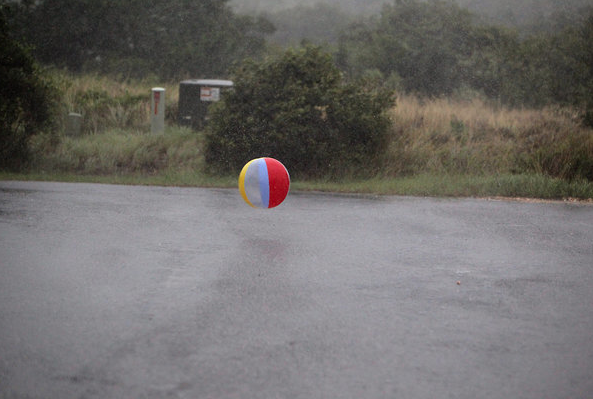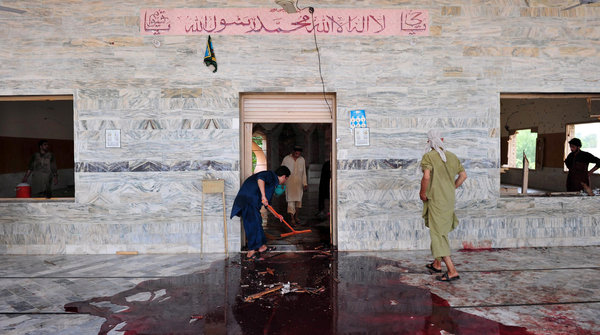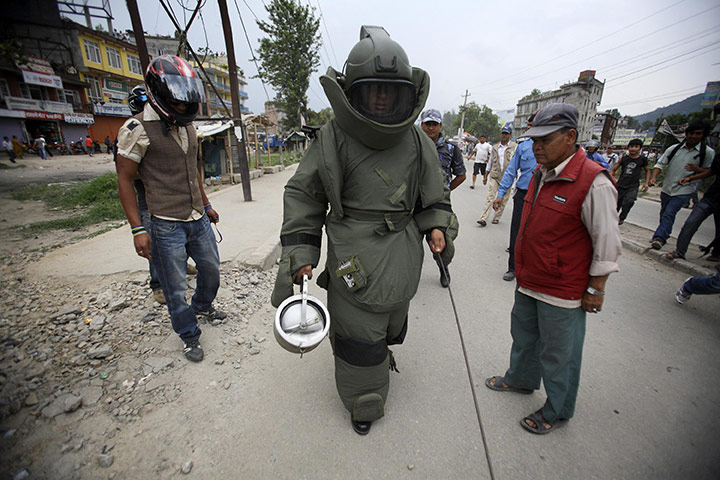You would not know it from this photograph—or for that matter from anything you’ve read in the mainstream press in the past week—but August was the deadliest month in the now longest war in U.S. history, with 66 American deaths, bringing the grand total of such fatalities to 1,760. This number does not include an additional 1,000 fatalities among coalition forces or literally countless Afghanis, or for that matter the thousands of non-fatal casualties. But that aside, the photograph does tell a story.
These Marines are at a patrol base located in the dangerous Gereshk Valley of the Helmand Province where more than half of all U.S. fatalities have occurred. We know that war, when its not about death and destruction, is a combination of periods of adrenalin reinforced, horror tinged highs, and incredible boredom. But none of that is present in this photograph. Instead we have four young men who could just as easily be hanging out in someone’s basement waiting for the big game on Friday night. Or perhaps, more appropriately in context and in its own way, it could be a scene from a John Ford western, where the cavalry sits around a crackling fire after a day of chasing renegade Indians and someone plays a guitar while singing a wistful, romantic ballad. Either way, the point is that there is no real evidence of the prolonged war that they are very much a part of or the dangerous war zone in which they sit. And more, there is an altogether relaxed atmosphere as if everything is fine and there is nothing to worry about. All is good – except, of course, for the fact that August was the deadliest month in the war.
But there is something else. The board game they are playing is Risk – “the classic game of world domination” which relies as much on the flip of a card and the roll of the die as it does on strength of force or strategy. It could almost be an allegory for the war itself. One has to wonder if they get the irony. Or if we do.
Photo Credit: Brennan Linsley/AP
